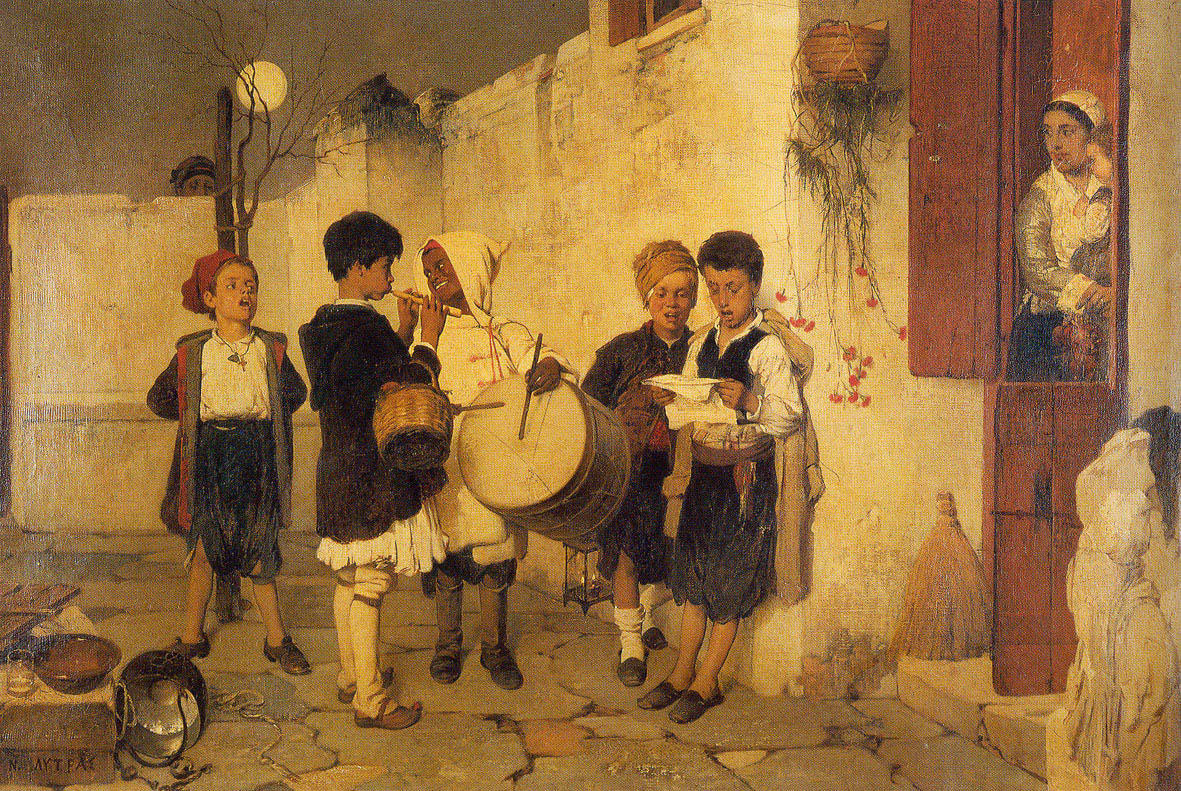Carol of the Bells
by Andrew Boyd
Today, a Christmas carol. The University of Houston presents this series about the machines that make our civilization run, and the people whose ingenuity created them.
"Come out, come out, O master of the home," cries a little bird. "Your possessions are bountiful." So go the lyrics of Shchedryk, a traditional Ukrainian carol welcoming in the New Year. The carol's simple, repetitive melody captured the imagination of composer Mykola Leontovych. And in 1916 he completed an arrangement that juxtaposed the bird's winsome song against a resolute, harmonious countermelody.
Leontovych had been commissioned by choral conductor Oleksander Koshyts to write music based on Ukrainian folk melodies. The commission was part of a broader effort by Koshyts to showcase Ukrainian music around the world. On October 5, 1921, the conductor and his touring choir sang before a packed house at Carnegie Hall. Leontovich's carol Shchedryk was among the works that were performed.
As it happened, the American choral conductor and arranger Peter Wilhousky was in attendance that evening. Wilhousky was captivated by the haunting arrangement of Shchedryk. But to him the arrangement didn't evoke thoughts of a singing bird. Instead, he heard bells. Wilhousky put together new, English lyrics for American audiences, deliberately shifting the song's focus from the New Year to the more carol-oriented Christmas. And when he was done, American audiences were introduced to Carol of the Bells.
[Classic a capella arrangement of Carol of the Bells]
 Paiting by Nikiforos Lytras Wikipedia Image
Paiting by Nikiforos Lytras Wikipedia Image
Every Christmas carol has a history. Whether it traces its origins to long ago folk melodies or to highly commercial endeavors — think Bing Crosby's White Christmas — a Christmas carol has the ability to transport us, whether we're spending time with family or simply riding an elevator on the way to work. And while carols may sometimes seem monotonous, they're actually undergoing continual transformation as new artists and arrangers infuse their personal interpretations. Those of us who know and love them rest in the warmth of our favorite oldies; smile with joy when something new captures our ear. Christmas carols remain alive thanks not just to memories, but to the creativity of the many people who continually re-imagine them.
[Modern instrumental arrangement of Carol of the Bells]
I'm Andy Boyd at the University of Houston, where we're interested in the way inventive minds work.
(Theme music)
B. Almond. "'Carol of the Bells' Wasn't Originally a Christmas Song." Rice News, December 13, 2004. See also: http://news.rice.edu/2004/12/13/carol-of-the-bells-wasnt-originally-a-christmas-song/. Accessed December 21, 2015.
Shchedryk. From the Wikipedia website: https://en.wikipedia.org/wiki/Shchedryk_%28song%29. Accessed December 21, 2015.
This episode was first aired on December 24, 2015
.jpg)
